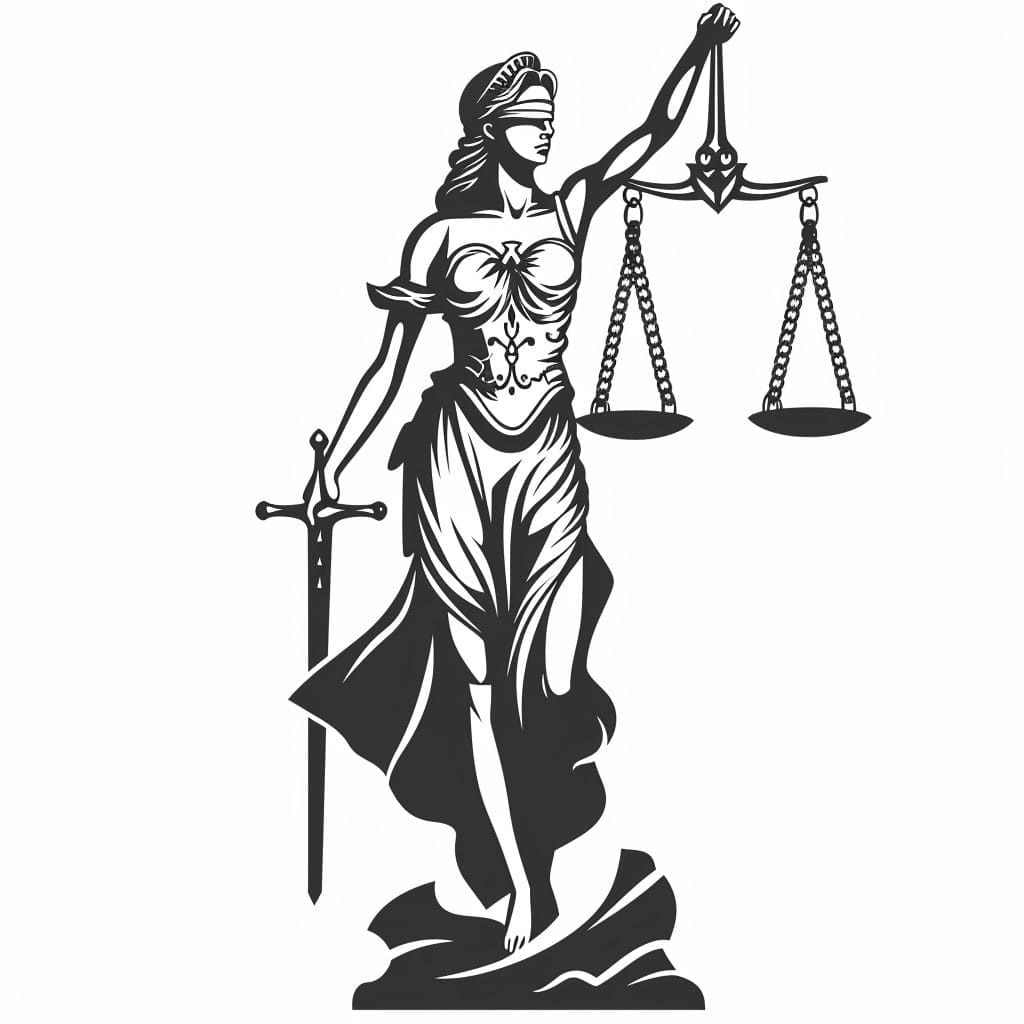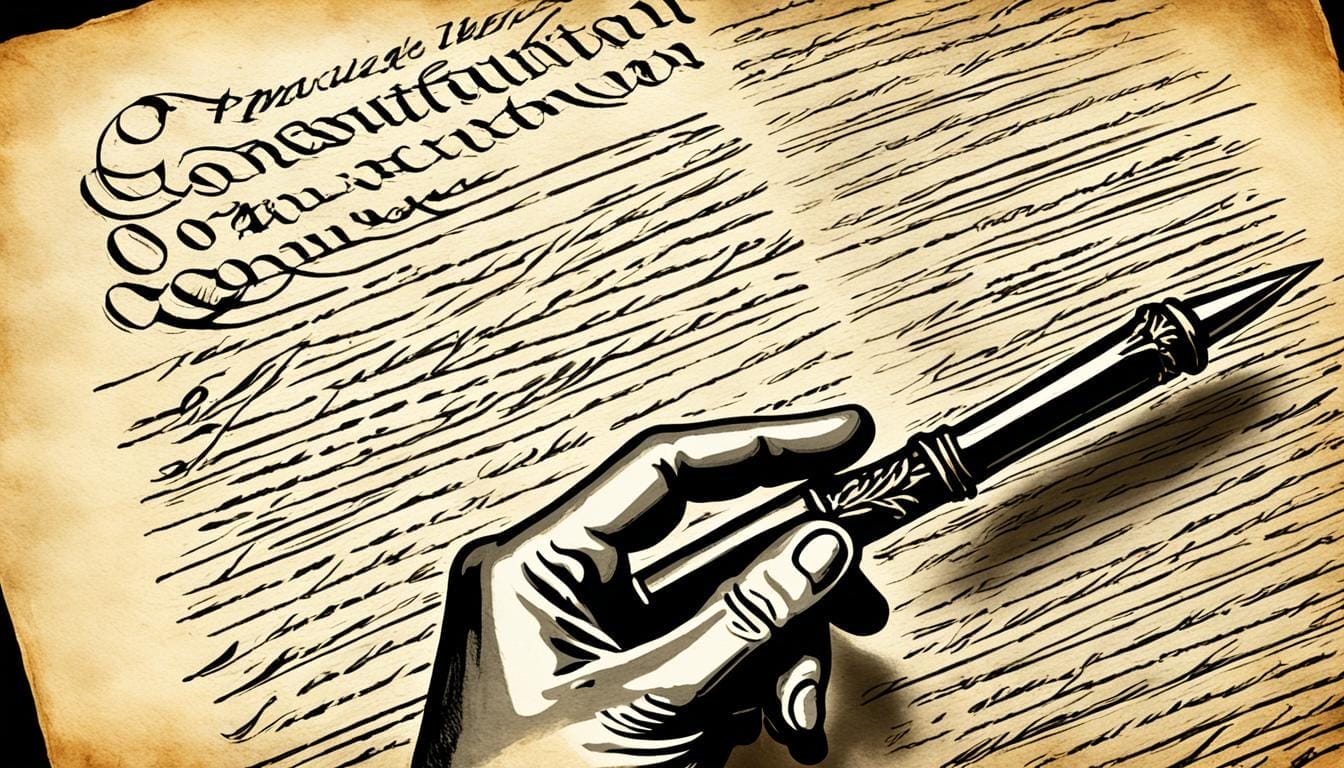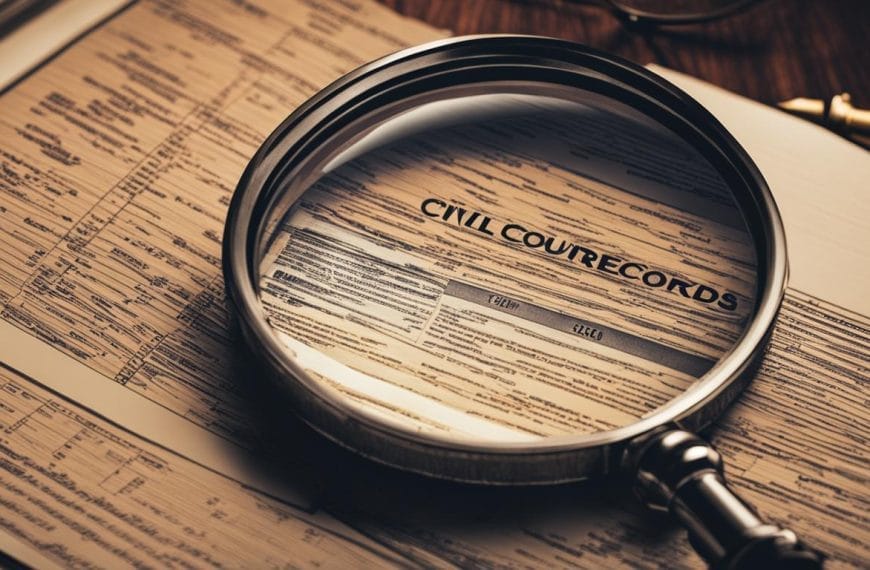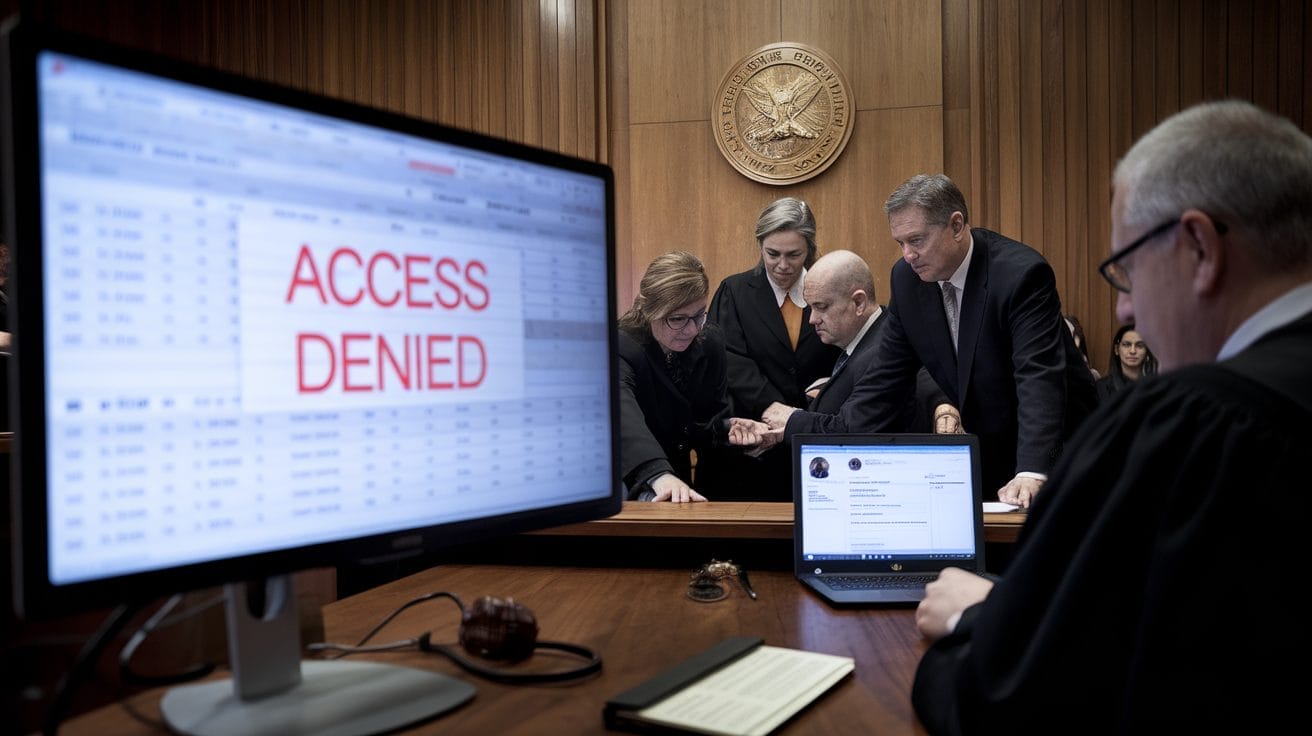Have you ever wondered why civil cases seem to drag on for what feels like an eternity? From the initial filing to the final resolution, the lengthy duration of civil legal proceedings can be frustrating for all parties involved. But what factors contribute to these delays, and why do civil lawsuits take so long? Let’s delve into the reasons behind the prolonged duration of civil cases.
There are several factors that can affect the duration of a civil case. Understanding these factors is crucial in comprehending why civil cases take so long. From the specific rules and procedures followed by state and federal courts to the complexity of the lawsuit and the number of parties involved, each aspect plays a role in determining the timeline.
Delays in civil litigation can arise due to a variety of reasons. For one, the process of discovery can be time-consuming. Parties involved in the lawsuit must exchange relevant information and evidence, which can take weeks or even months to complete, depending on the complexity of the case.
In addition, scheduling conflicts among the parties involved often lead to further delays. Filing motions and attending court appearances can be challenging when everyone’s calendars do not align, pushing the case timeline even further.
So, what can be done to address these delays and expedite civil cases? Stay tuned as we explore the steps in the litigation process, the factors affecting case duration, and the role of settlement negotiations versus litigation in resolving civil disputes.
Steps in the Litigation Process
The litigation process involves several key steps that individuals and businesses must navigate when resolving legal disputes. Understanding these steps is crucial for those considering filing a lawsuit and engaging in the legal process. Let’s take a closer look at the essential stages involved:
Filing a Lawsuit
The process begins when a person or entity decides to initiate a legal action by filing a lawsuit. Typically, this occurs after attempting to settle the dispute directly with the opposing party but failing to reach a satisfactory resolution. When filing a lawsuit, the plaintiff’s attorney prepares a summons and complaint, outlining the issues at hand and the relief sought.
Serving a Lawsuit
After the lawsuit is filed, it must be properly served on the defendant. This means that the defendant must receive notice of the legal action and have an opportunity to respond. The plaintiff has a specific timeframe to serve the lawsuit, usually dictated by the rules of civil procedure in the jurisdiction where the case is filed.
The Pleading Stage
Once the defendant is served with the lawsuit, they have the opportunity to respond. This can be done through various pleadings, such as an answer or a motion to dismiss. The defendant’s response outlines their position on the allegations made by the plaintiff. The pleading stage is where the parties begin to present their legal arguments and positions.
Settlement or Litigation
At any point during the legal proceedings, the parties may choose to engage in settlement discussions. Settlement negotiations aim to reach a mutually agreeable resolution without the need for a trial. In some cases, the court may even encourage settlement discussions before the case moves further into the litigation phase.
However, if a settlement cannot be reached, the case continues into the litigation phase. During this phase, the parties will engage in fact-finding through discovery, engage in motion practice, attend court conferences, and ultimately proceed to trial if necessary.
Overall, the steps in the litigation process involve filing a lawsuit, serving the opposing party, responding to allegations through pleadings, and ultimately deciding between settlement or litigation. Understanding these steps is fundamental to navigating the legal system effectively and achieving a favorable outcome.
Factors Affecting Case Duration
Several factors contribute to the extended duration of civil cases. One significant factor is the time-consuming discovery process, where parties exchange relevant information and evidence. The collection and review of this material can take weeks or months, depending on the complexity of the lawsuit.
Additionally, scheduling conflicts among the parties involved often lead to delays in filing motions and attending court appearances. These conflicts can arise due to the availability of attorneys, judges, and other parties, making it challenging to find suitable dates and times for proceedings.
These factors significantly contribute to the overall timeline of the case, prolonging the resolution and causing frustration for all involved parties.
Settlement vs. Litigation
In the legal process, parties involved in a civil case have the option to pursue a settlement agreement instead of proceeding with litigation. Settlement negotiations provide an opportunity to resolve the dispute outside of court, potentially saving time, costs, and emotional stress for all parties.
In many cases, court-mandated conferences are conducted to facilitate settlement discussions. These conferences are typically attended by the parties, their attorneys, and a neutral third party, such as a mediator or judge. The purpose of these conferences is to explore possible resolutions and encourage compromise.
If a settlement is reached, the parties can draft a settlement agreement that outlines the terms and conditions agreed upon by both sides. This agreement is legally binding and serves as a resolution to the dispute.
However, if settlement negotiations are unsuccessful, the case will proceed to litigation. To ensure an organized and timely litigation process, a scheduling order is often established by the court. This order lays out the timeline and deadlines for various stages of the litigation, including the filing of motions, discovery, and trial preparation.
These court-imposed timelines play a crucial role in managing the overall length of the case. By adhering to the scheduling order, the parties and their attorneys are required to meet specific deadlines, attend court hearings, and complete necessary tasks within the given timeframes. This helps to prevent unnecessary delays and ensures that the case moves forward in an efficient manner.
Ultimately, the decision to pursue a settlement or proceed with litigation depends on the circumstances of each case and the preferences of the parties involved. Settlement negotiations offer the possibility of a mutually agreed-upon resolution, while litigation allows for a formal determination of the dispute by a judge or jury.
Understanding the advantages and disadvantages of each option is crucial for the parties to make an informed decision that aligns with their best interests. The involvement of experienced attorneys can provide valuable guidance and representation throughout the settlement negotiations or litigation process, helping parties navigate the complex legal landscape.
Conclusion
Understanding the reasons behind the prolonged duration of civil cases involves analyzing the different steps and challenges in the litigation process. From filing a lawsuit to serving the opposing party, each stage contributes to the overall timeline. By analyzing civil case timeframes and comprehending the factors that cause delays, individuals and businesses can effectively manage their expectations and navigate the legal system. Resolving disputes in a timely manner is crucial for promoting justice and ensuring fair hearings for all parties involved.












